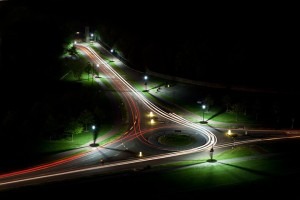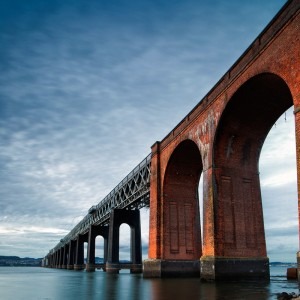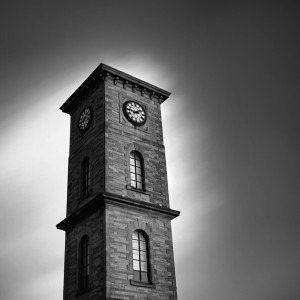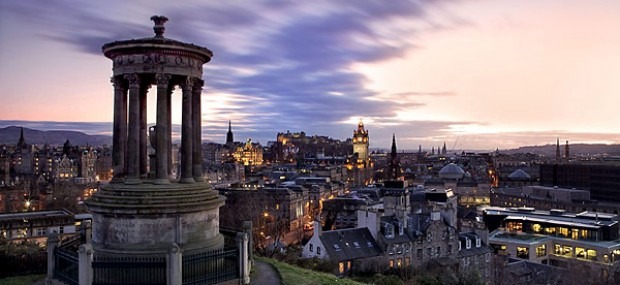The urban landscape category is a flexible category and we want to help you as much as possible when choosing your images for submission. We’re all familiar with what constitutes a classic landscape, but the urban landscape is a diverse category comprising of many variables. For some it’s a sweeping city skyline or a motorway flyover, but for others its modern architecture captured in monochrome or a classic capture of a historical building. So, because there’s many ways of interpreting an urban landscape we’ve put together this useful guide to what you can submit.
1. Classic Cityscapes
Many of our towns and cities have great vantage points from which to capture wonderful images. On the one hand you can get to a high vantage point to capture a sweeping view or you can capture your images from inside the city from street level. You can even capture birds eye views from certain public buildings if photography is allowed. Light can transform a city view too. At dawn or dusk, buildings take on the hues of the sky and as the sun rises or sets they are bathed in rich warm colours. And don’t be afraid to shoot cities on bright sunny days, for such light can produce long shadows making the city look strong and bold. Adverse weather such as fog gives an urban scene an ethereal look and night time shots with all the magical colours of street lights and vehicle trails make for dynamic images.
2. Shoot modern architecture
Our towns and cities are brimming with brilliant new buildings. Their clean sweeping lines, modern materials and reflective surfaces are ideal for creating modernistic urban landscapes. Here are some examples below.
3. Include people
Towns and cities are full of people and it’s what makes them dynamic and forms their character. Including people in your urban landscapes is perfectly acceptable, so long as they are not posed. People add scale to an image as well as adding interest. Here are some good examples of how people work in an urban landscape image.
4. Shot indoors
Not all urban landscapes need to be indoors. If the image is recognisable such as from inside one of our historic museums, railway stations or public buildings then it is perfectly acceptable to include these in your submission. Here are some examples that are instantly recognisable.
5. Close in on detail
Urban landscapes don’t need to be wide open views. You can close in on detail and still make your image recognisable. Towns and cities have characteristics that make them easy to recognise. Try to look at the subject differently and from different views if you want to capture the imagination of the judges. Here are some examples below
6. Shoot transportation
Our cities and towns are connected by vast transportation networks that are a marvel of modern engineering. From trains to trams to cars to buses, there are endless opportunities to capture great images. Here are some images below that are great examples. We’ve included some bridges here that could arguably be considered as seascapes, but don’t worry, we know there is some potential for overlap. Bridges such as these that connect cities by the sea can be both a seascape and an urban landscape and we won’t be strict.


7. Shoot long exposures
Long exposures add an extra dimension to urban landscape images. Long streaking clouds, blurred people and moving vehicles make for beautiful views. Use of an ND filter such as HiTech’s Firecrest filter will give you 16 stops of extra exposure which can ive extraordinary effects in bright light. At dusk you can shoot without a filter if you shoot with a low iso. The examples below give you an idea of what are great images to submit.


